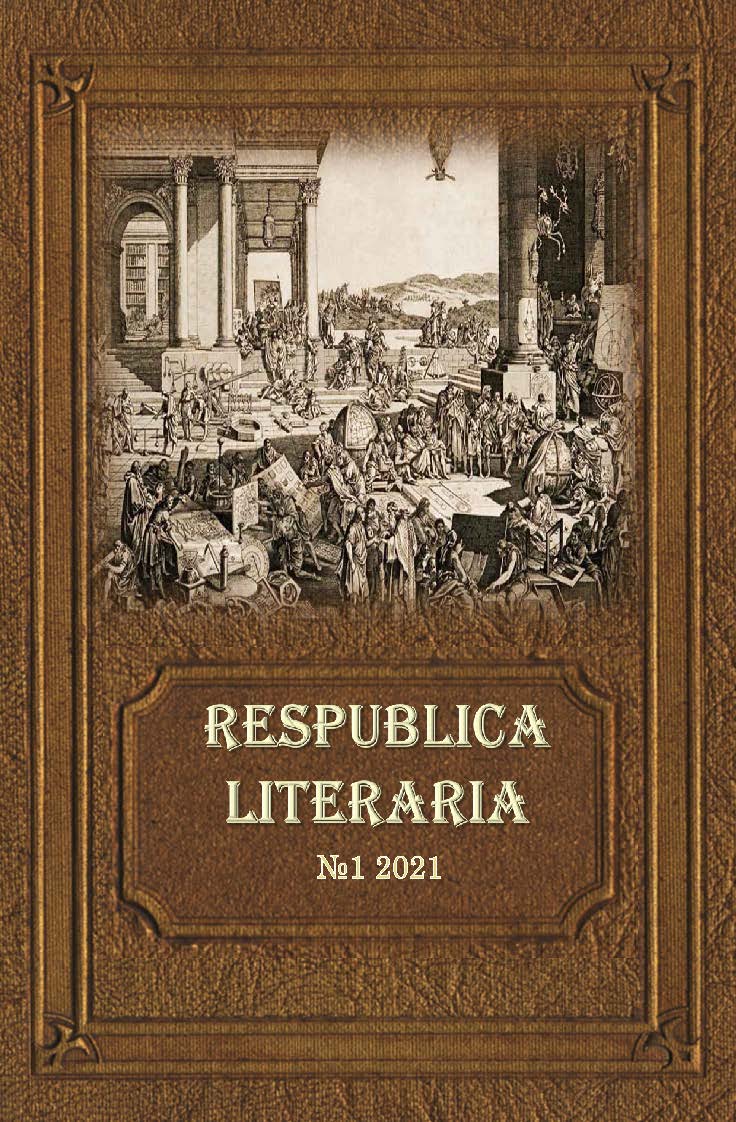Does Contemporary Analysis of Difficulties with Zeno Sequences Contain a Solution to the Dichotomy?
DOI:
https://doi.org/10.47850/RL.2021.2.1.28-36Keywords:
Zeno of Elea, the Dichotomy, machines of infinity, Zeno objects, mereological sum, continuum, open interval, completing of an infinite sequence of acts.Abstract
We analyze contemporary thought experiments with some Zeno objects and infinity machines. We show how the method of reasoning from J. Hawthorne’s paper helps to understand the structure of one of the refutations of a rather sophisticated version of Zeno’s of Elea Dichotomy. After that, we propose an improvement of this version of the Dichotomy. Further, we show that the method of operating with infinite sequences of conditional sentences – proposed in J. Hawthorne’s paper – is insufficient to refute the last variant of the Dichotomy.
References
Alper, J. S., Bridger, M. (1997). Mathematics, Models and Zeno’s Paradoxes. Synthese. Vol. 110. pp. 143-166. DOI: 10.1023/A:1004967023017.
Antonopoulos, C. (2003). The Tortoise is Faster. The Southern Journal of Philosophy. Vol. 41. pp. 491-510.
Benardete, J. (1964). Infinity: An Essay in Metaphysics. Oxford (UK). Clarendon Press. 289 p.
Hawthorne, J. (2000). Before-Effect and Zeno Causality. Noûs. Vol. 34. no. 4. pp. 622-633.
McLaughlin, W. I. (1994). Resolving Zeno’s Paradoxes. Scientific American. Vol. 271. no. 5. pp. 66-71.
McLaughlin, W. I., Miller, S. L. (1992). An Epistemological Use of Nonstandard Analysis to Answer Zeno’s Objections Against Motion. Synthese. Vol. 92. pp. 371-384.
Papa-Grimaldi, A. (1996). Why Mathematical Solutions of Zeno’s Paradoxes Miss the Point: Zeno’s One and Many Relation and Parmenides’ Prohibition. Review of Metaphysics. Vol. 50. no. 2. pp. 299-314.
Prosser, S. (2009). Zeno Objects and Supervenience. Analysis. Vol. 69. no. 1. pp. 18-26. DOI: 10.1093/analys/ann003.
Russell, B. (1903). The Principles of Mathematics. Cambridge (UK). CUP. 534 p.
Thomson, J. F. (1954). Tasks and Super-Tasks. Analysis. Vol. 15. pp. 1-13.
Uzquiano, G. (2012). Before-Effect without Zeno Causality. Noûs. Vol. 46. no. 2. pp. 259-264. DOI: 10.1111/j.1468-0068.2010.00812.x.
Vlastos, G. (1995). A Note on Zeno’s Arrow. Studies in Greek Philosophy. Vol. 1. Princeton. Princeton University Press. pp. 205-218.
Downloads
Published
How to Cite
Issue
Section
License

This work is licensed under a Creative Commons Attribution-NonCommercial-NoDerivatives 4.0 International License.
https://oc.philosophy.nsc.ru/remote.php/webdav/%D0%94%D0%BE%D0%B3%D0%BE%D0%B2%D0%BE%D1%80%20%D1%81%20%D0%B0%D0%B2%D1%82%D0%BE%D1%80%D0%BE%D0%BC%20RL-%D0%BF%D1%80%D0%B0%D0%B2.doc





